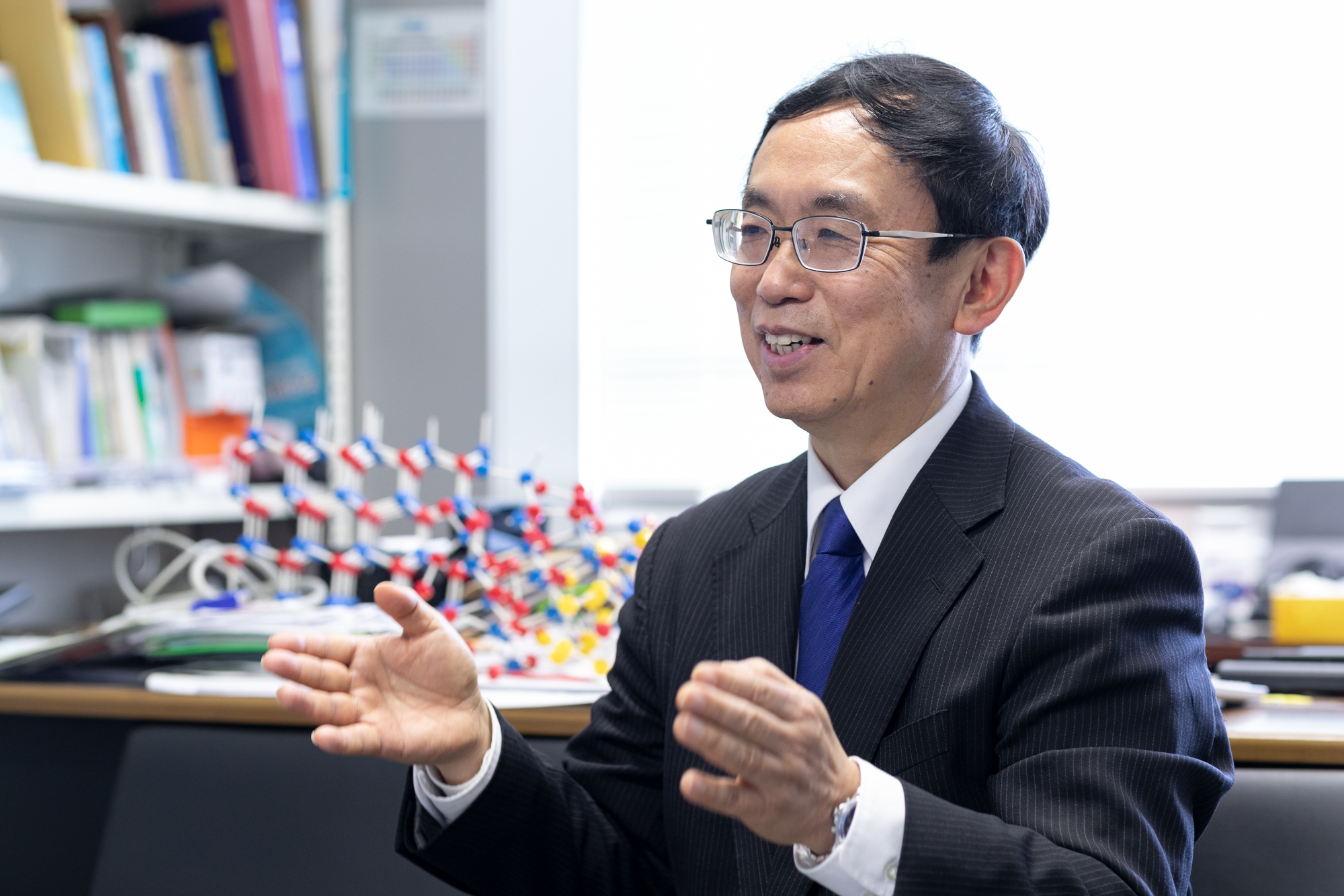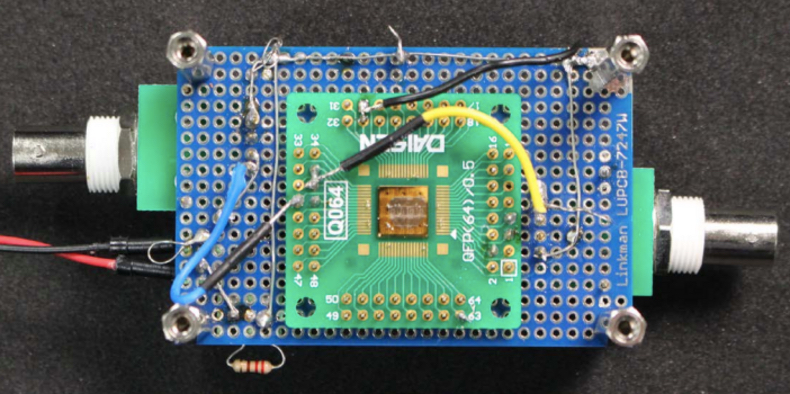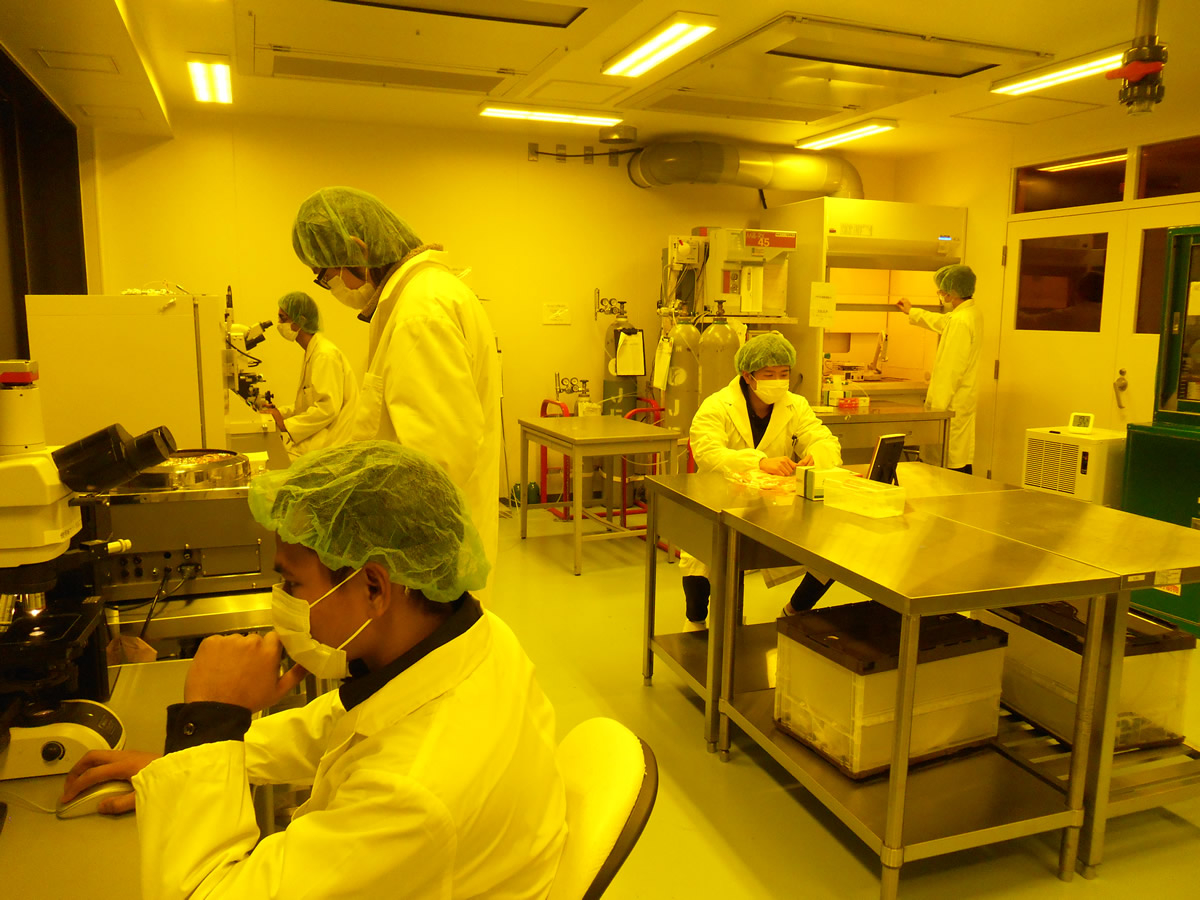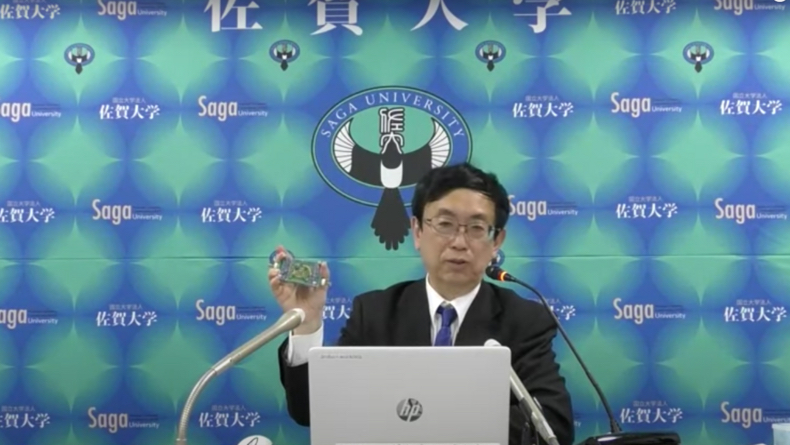J-STORIES - A Japanese university research team has developed what is thought to be the world's first power circuit containing a device using diamond semiconductors.
Led by Makoto Kasu, the team at Saga University began the research into diamond semiconductors after exploring the theory that they have the potential to offer much better performance than silicon and other materials currently used. It proved to be a significant challenge: More than fifty years of global research has previously shown just how hard it is to reach the stage of practical use.

Currently, the majority of semiconductors used in electronic components are made from silicon. While strong and powerful semiconductors made from silicon carbide, gallium nitride, and other materials are in widespread use for electric vehicles, rail cars, and 5G base stations that handle high voltages and currents, the data capacity of communications systems continues to increase and there is an urgent need for semiconductors with even better performance.
According to the Saga University researchers, diamonds have around five times the high-power efficiency of silicon and around 1,200 times the ability to transfer data at high speed. And compared to other materials, they have much higher performance and durability.

For example, communications satellites use vacuum tubes because there are no semiconductors that can handle the high frequencies they require. However, these have problems with efficiency and durability. Diamond semiconductors on the other hand, can handle high frequencies and power, and are also resistant to radiation.
For those reasons, they are said to be essential to the future of space development. Such high-performance diamond semiconductors could also find a use in future autonomous drive vehicles.
The ground-breaking research at Saga University has apparently yielded results that pave the way for the application of diamond semiconductor technology in such fields. The power circuit developed by Kasu can achieve high-speed switching of less than 10 nanoseconds, remaining stable without any deterioration over 190 hours of continuous use.

According to Kasu, globally there have been many research papers on diamond semiconductors and various results have shown high instantaneous performance. But there have been no papers showing the kind of stable performance needed for an actual product. He hopes his team’s research could lead to new technology, such as new “beyond 5G” communications and the use of diamond semiconductors in satellites in place of vacuum tubes.
Kasu told J-Stories that, “No matter what high performance is proven, that has no meaning unless the technology is put to practical use.” He added that his recent research results were down to “building up fundamental properties one by one like children’s building blocks in order to create something that can be industrially reproduced and put into practical use.”

Kasu said that they hope to produce a sample within three or four years, and for the technology to be in practical use around 10 years after that. Of course, there are many issues to be addressed before that happens. For example, it will be necessary to improve various related technologies such as methods to efficiently polish diamonds.
However, some successes have already been seen. This month, a joint venture between Tokyo-based Orbray, which has developed a 2-inch (5 cm) diamond wafer in collaboration with Saga University, and Mirise Technologies in Aichi Prefecture, announced a major step toward the application of diamond semiconductors in electric vehicles.
Such potential has convinced Kasu that the decades of research into the tech will ultimately prove diamonds are far more than just a girl's best friend.
"In mountain terms, diamond semiconductors are the Mt. Everest of semiconductors," he says.. "We have kept on climbing and finally reached the half-way point. I would like various people to join us in this process and speed it up, then for us to somehow reach the summit.”
Translation by Tony McNicol
Top page photo by Saga University
For inquiries about this article, please contact jstories@pacficbridge.jp
***
Click here for the Japanese version of the article.


![[Podcast] Japanese technology to supercharge human fertility (Part 4)](https://storage.googleapis.com/jstories-cms.appspot.com/images/1768443226894unnamed-5_smallthumbnail.jpg)

![[Podcast] Japanese technology to supercharge human fertility (Part 3)](https://storage.googleapis.com/jstories-cms.appspot.com/images/1766558713084place-for-scientific-research-2025-03-07-14-08-49-utc%20(1)_smallthumbnail.jpeg)

![[Podcast] Japanese technology to supercharge human fertility (Part 4)](https://storage.googleapis.com/jstories-cms.appspot.com/images/1768443226894unnamed-5_bigthumbnail.jpg)

![[Podcast] Japanese technology to supercharge human fertility (Part 3)](https://storage.googleapis.com/jstories-cms.appspot.com/images/1766558713084place-for-scientific-research-2025-03-07-14-08-49-utc%20(1)_bigthumbnail.jpeg)
![[Interview: Part 2] A digital approach to tackle child hunger in Japan with dignity](https://storage.googleapis.com/jstories-cms.appspot.com/images/1766130666509unnamed_bigthumbnail.jpg)
![[Podcast] Japanese technology to supercharge human fertility (Part 2)](https://storage.googleapis.com/jstories-cms.appspot.com/images/1765863548035unnamed-7_bigthumbnail.jpg)
![[Podcast] Japanese technology to supercharge human fertility (Part 1)](https://storage.googleapis.com/jstories-cms.appspot.com/images/1765440905082unnamed_bigthumbnail.jpg)
_bigthumbnail.jpeg)


![[Interview] When digital and physical worlds meet](https://storage.googleapis.com/jstories-cms.appspot.com/images/1747974430456unnamed-2_smallthumbnail.png)

![[Interview] How Japanese musician Grover turned his passion of ‘sound’ into a health-tech startup](https://storage.googleapis.com/jstories-cms.appspot.com/images/1746181078493R7__1407_smallthumbnail.jpg)


_smallthumbnail.jpeg)

![[Interview: Part 1] From nourishing souls to feeding the hungry](https://storage.googleapis.com/jstories-cms.appspot.com/images/1763695595492unnamed_smallthumbnail.jpg)

